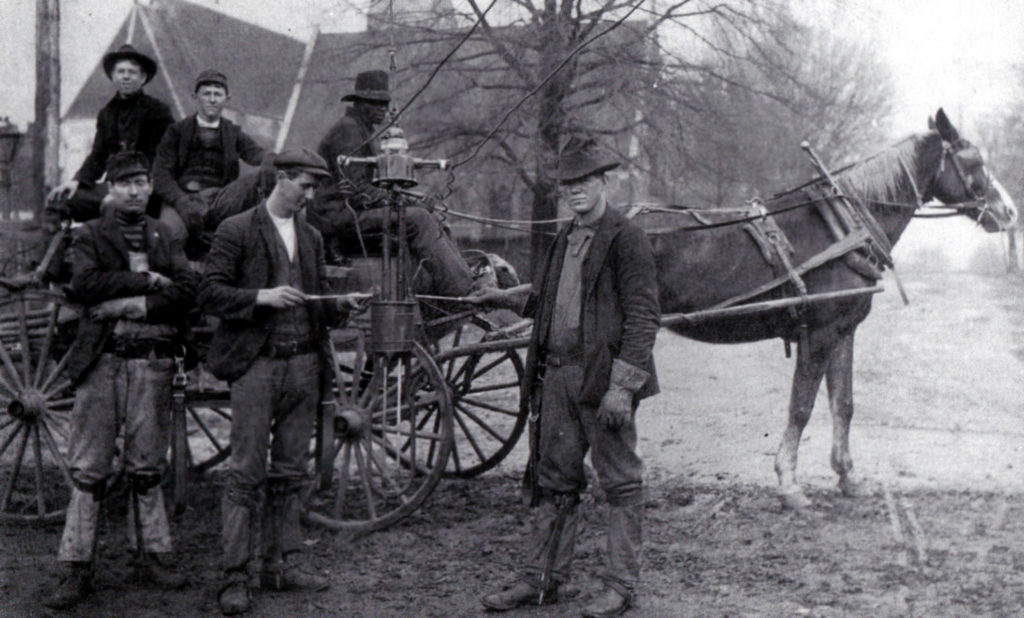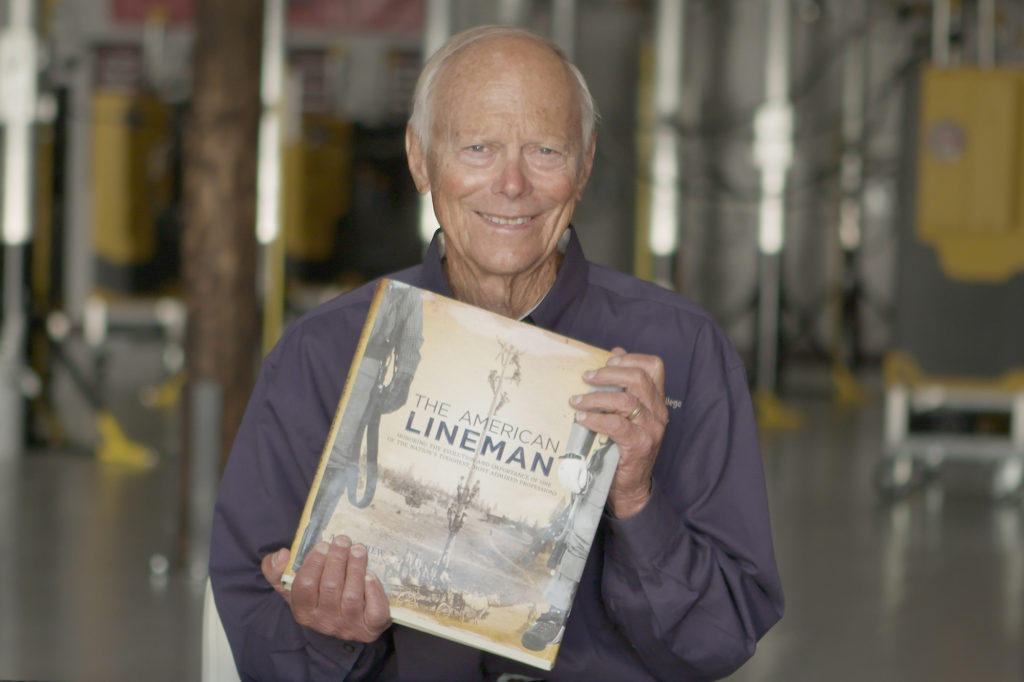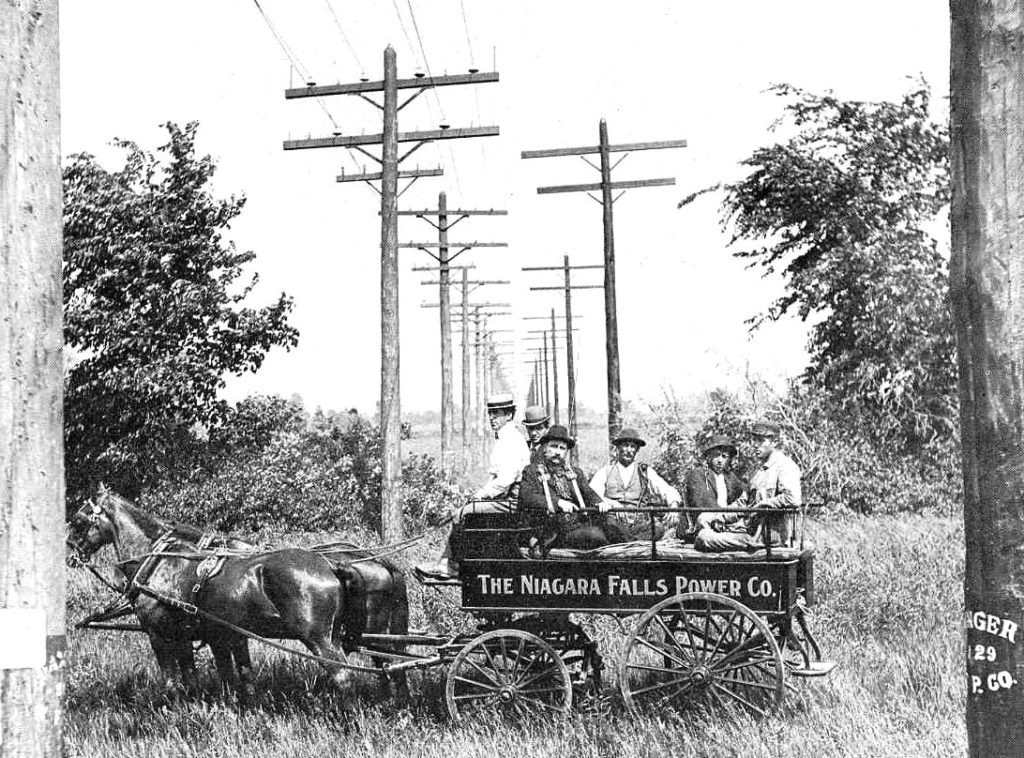
There’s National Lineman Appreciation Day and an International Lineman’s Museum and Hall of Fame. Now there’s a book to honor the lineman’s part in our nation’s progress.
The American Lineman: Honoring the Evolution and Importance of One of the Nation’s Toughest, Most Admired Professions fills that role and then some.
Author Alan Drew, a senior vice president at Northwest Lineman College in Meridian, Idaho, details the evolution of linemen in a hefty coffee table book stuffed with more than 500 photos and illustrations.
Drew got the idea for the book during a field expedition in Idaho, where he saw original telegraph lines in a mining camp. He said the history of the power industry is rich with references to Thomas Edison and Nikola Tesla.
“But you won’t read about the linemen who built the transcontinental power grid we have today, piece by piece. Linemen never got the credit they deserved for all the things they built, yet they are so critical to our infrastructure.

“At that point, we realized there were no books on their evolution and history. We thought, ‘Why don’t we do it?’ ”
When Drew realized there were no books on lineman history, he set out to change that. For about four years during his off hours, Drew “chipped away” at the book, finishing it in 2016. His nearly 60 years’ experience in the field—he rose through the ranks at Pacific Gas and Electric and ran a public utility district before joining the college—provided rich background.
Drew also interviewed several electric co-op leaders for the rural electrification sections and mined the college’s archives.
“We’ve always had quite a commitment to preserving history of the power delivery industry and, in particular, the lineman,” said Drew. “We want our students to understand how we got where we are, that it just didn’t happen.”
The first of the book’s eight chapters is “The Telegraph Era 1840-1870” and the last is “The Digital Age 1990-2015.” In between chapters, you can see the trade’s growing sophistication and focus on safety.
“In my opinion, bucket trucks, which came along in the late 1950s and early 1960s, were the biggest actual improvement,” said Drew. “In the early days, linemen didn’t even use belts. They climbed a pole and wrapped their leg around it. There were no standards to draw from and poles were cluttered with wires.”

As a lineman, Drew worked several post-storm power restorations and encountered his share of close calls. But during his research, he found “the number and magnitude of ice storms, tornadoes, floods, hurricanes and snow storms were eye-openers.”
“It’s amazing the efforts linemen made over the years in adverse conditions. That was an amazing accomplishment.”
Victoria A. Rocha is a staff writer at NRECA.